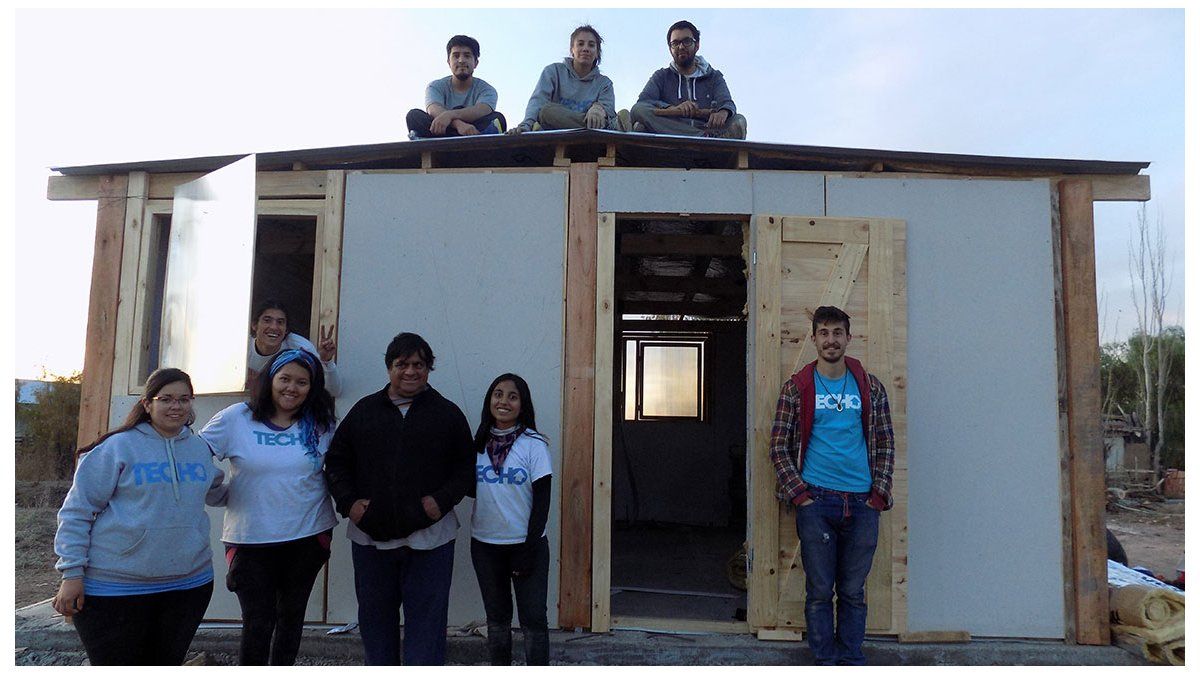Due to the lockdown, the savings balance of Dutch households rose to a record high last year. Most savings were in households with an above-average income. These are also the households that spent less due to the corona restrictions.
But not everyone recognizes the image of larger piggy banks. In more than half of households with an average income, little or no savings were made anymore.
The differences between higher and lower incomes have widened rather than narrowed in terms of savings capacity in corona time, according to a Rabobank survey among more than 1,500 Dutch people between the ages of 20 and 70.
According to De Nederlandsche Bank, households deposited 46 billion euros in bank and savings accounts between March 2020 and February 2021, 2.5 times as much as in the previous year. On average, this amounts to EUR 5,800 per household.
Savings increased in one in three households. The majority is credited to the account of households with an income above average. In households with an income around average, between 36,500 and 43,500 euros gross, 40 percent saw their savings increase, usually by less than 5,000 euros.
Difference with lower income households
Three quarters of households with an income below average indicate that no savings have been made in the past 12 months. Savings have decreased in 22 percent of households, but remained the same in 36 percent.
The increase in the amount of savings is often attributed to the fact that the lockdowns have spent much less money, estimated at tens of billions of euros, and all that money has been hoarded. But research by Rabobank shows that things are more nuanced.
About 70 percent of the respondents indicate that in the past 12 months, as much as otherwise was spent or even more. Only a quarter say that less has been spent and more has been saved. This mainly concerns higher, above-average incomes.
Incidentally, having savings is not an issue at all in every household. For example, a quarter of the independently living Dutch people say they have little or no financial buffers. About 11 percent say they have no savings at all and 14 percent have less than 3,400 euros, the same percentage as a year ago. The corona period has therefore not yielded more savings to these households.
36 percent of households with higher incomes indicate that they had more than EUR 30,000 in savings in April of this year, more than last year.
–


